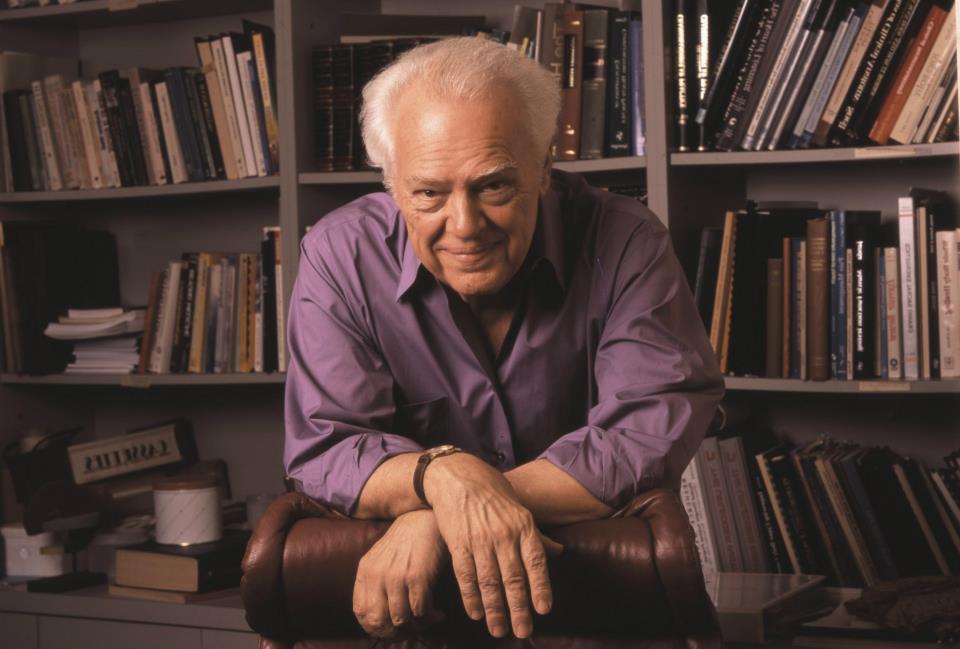CranioSacral Therapy

Pam Kapoor is one of very few Diplomat Certified CranioSacral therapists around the world. To achieve Diplomat Certification, a therapist needs to prove they have mastered the advanced techniques and the applications of CranioSacral Therapy.
History of CranioSacral Therapy
In the early 1900s, Dr. William G. Sutherland, discovered that the bones of the skull were designed to move in relation to each other. Based on his experiments, he developed a system of examination and treatment for the bones of the skull.
In 1970, Dr. John E. Upledger viewed the rhythmical movement of a membranous boundary during a surgery on a patient’s neck. By 1972, Dr. Upledger was able to incorporate and redefine Dr. Sutherland’s techniques with success. In 1975, a team of anatomists, physiologists, biophysicists and bioengineers, led by Dr. Upledger, established the scientific basis for the CranioSacral system. They showed how this system could be used to evaluate and alleviate malfunctions involving the brain and spinal cord, as well as a myriad of other health problems.
What is CranioSacral Therapy (CST)?
By complementing the body’s natural healing processes, CST is increasingly used as a preventive health measure for its ability to bolster resistance to disease, and is effective for a wide range of medical problems associated with pain and dysfunction, as well as preventative therapy to promote general health.
CranioSacral can be effective in resolving issues related to:
- Migraine Headaches
- Chronic Neck and Back Pain
- Motor-Coordination Impairments
- Colic
- Autism
- Central Nervous System Disorders
- Orthopedic Problems
- Traumatic Brain and Spinal Cord Injuries
- Scoliosis
- Infantile Disorders
- Learning Disabilities
- Chronic Fatigue
- Emotional Difficulties / Depression
- Stress and Tension-Related Problems
- Fibromyalgia and other Connective-Tissue Disorders
- Temporo-mandibular Joint Syndrome (TMJ)
- Neurovascular or Immune Disorders
- Post-Traumatic Stress Disorder
- Post-Surgical Dysfunction
Conditions that may be avoided or improved by treating newborns and children:
- Nursing problems
- Colic, vomiting, Pylorospasm
- Torticollis
- Chronic Otitis, hearing problems
- Strabismus
- Seizures
- Cerebral Palsy, Erb’s Palsy, Klumpke’s Palsy
- ADD, ADHD
- Autism
- Learning disabilities
- Dyslexia, Dyscalculia, Aphasia
- Spasticity
- Motor-coordination problems
- Down’s Syndrome
- Hydrocephalus
- Failure to thrive
- Abnormal fears
- Birth and childhood traumas
- And many more
CranioSacral Therapy includes the following advanced techniques of CranioSacral Therapy:
- Somato-Emotional Release (SER)
- The Brain Speaks (TBS)
- CranioSacral Therapy & Immune Response (CSIR)
- CranioSacral Therapy & Reversal (CSRP)
Somato-emotional Release (SER)
SER is a therapeutic process that uses and expands on the principles of CranioSacral Therapy to help rid the residual effects of past trauma and negative emotional experiences from the body and mind of the clients.
SER techniques use therapeutic imagery and dialoguing to release deep-rooted trauma. The goal is a comfortable holistic mind-body approach to the resolution of problems and obstacles related to client progress and growth.
The Brain Speaks (TBS)
TBS utilizes all of the techniques and paradigms of CranioSacral Therapy, including direct palpation, all the techniques of Whole Body Evaluation, and therapeutic imagery and dialogue, to explore and work directly with the brain and its parts.
TBS incorporates
- neuroanatomy, physiology and biochemical processes of neurological function to
◦ brain parts and recognize dysfunction through direct palpation
◦ Work using palpation and therapeutic interventions to address these dysfunctions
◦ Use Therapeutic Imagery and Dialogue, when appropriate, to dialogue directly with the affected brain parts to affect a therapeutic outcome. (TBS utilizes the skills and uses them to explore and work with specific dysfunctions and patterns encountered frequently in clinical practice.)
◦ Helps to work more effectively with Traumatic Brain Injuries and concussive injuries.
◦ Provides specific techniques for treating seizure disorders.
◦ Helps to utilize information from the latest research, understand the autistic brain, and how to work with it.
◦ Use cutting edge research and information regarding emotional trauma, PTSD and persistent stress and how they affect the anatomy and physiology of the brain, as well as how to address these problems with CST.
◦ Work with conditions for healthy brain development in early childhood and what happens when these conditions are not met; as well as how to address these deficits using CST and Therapeutic Imagery and Dialogue.
◦ Work with the Polyvagal aspect of the autonomic nervous system and how this newly discovered autonomic function and help heal the brain from stress and trauma.
◦ Helps to heal Multiple Sclerosis, Parkinson’s, Alzheimer’s and dementia with greater success.
CranioSacral Immune Response (CSIR)
The goal of CSIR is to better help the immune system perform its “magic”. The therapist and the client communicate with different cell types to find out how they can be helped to improve their performance — especially when invading microorganisms gain a foothold.
CSIR techniques help communicate with the many glands and organs involved in the immune system: the liver, spleen, thymus, lymph nodes and others. It helps to explore the production of the various molecules of communication, including cytoxins and other molecules of protein, such as gamma globulins.
For examples of cases Pam completed using the above techniques, click here.